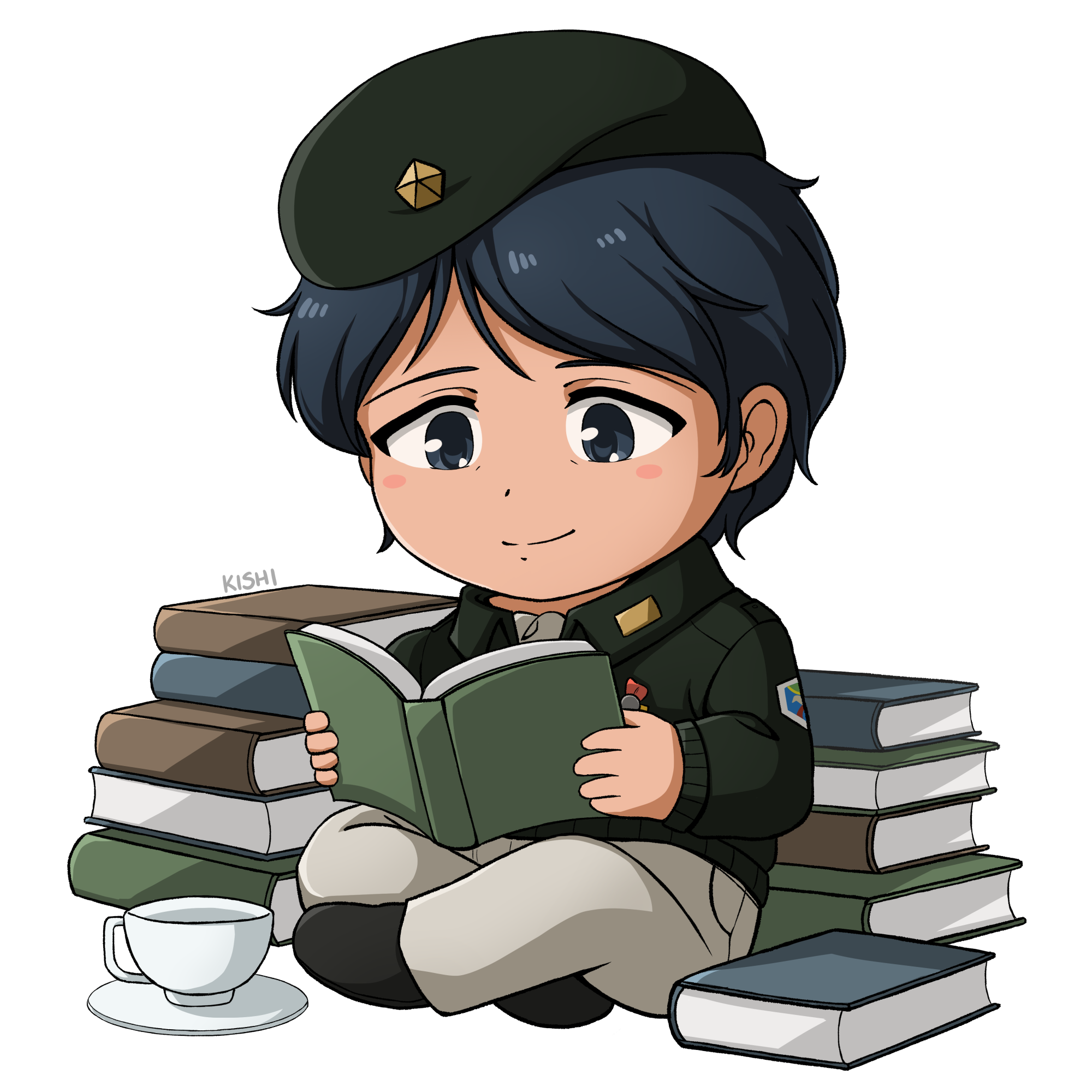
The following is a translation of an article written by Yoshikazu Yasuhiko, character designer and animation director of Mobile Suit Gundam. This can be found on page 22 of the September 1979 issue of Animage.
As a brief translator note, while the official English title for episode 13 is “Coming Home”, I’ve used a direct translation of the Japanese title as it makes more sense in the context of what YAS is saying.
Special Contribution: Thoughts on “Amuro and His Mother”
By Yoshikazu Yasuhiko
Gundam’s animation director Yoshikazu Yasuhiko contributed this message as a milestone after the series completed one and a half cours.
TV anime has been popular for a while, thanks to the “boom” or whatever it may be called. However, it seems that only a few famous programs and works are consistently brought up. Many works still have to sulk in the shadows, and the overwhelming majority of these are so-called original anime.
Gundam is the worst example of this. It’s aired at a bad time. It is shown on few networks. There’s no advertising. And the airing date changes all the time depending on the station’s whims. It is truly treated as less than a rerun. But don’t dismiss it as trash or third-rate. It is often in inconspicuous places that you can find that “something.” I would like to cite episode 13 of Gundam as a good example.
The story is about the main character, Amuro, gaining a moment of respite from fighting, visiting his hometown, and meeting his mother for the first time in a long while. Although the production appears to be sloppy at first glance, it actually contains a tangible message about life (please forgive me if the way I put this tends to sound a bit pretentious). In short, the story is not made, but it instead has the feel of something created naturally.
As you can guess from the title, “Reunion, Mother…”, this is a story about a mother. However, what sets this story apart from other cheap tearjerkers out there is that the characters in it, the mother and child who reunite, are treated as flesh and blood human beings living out their lives.
Amuro, the boy who cried when reunited with his mother, leaves her with a cold salute and heads off to his comrades at the end, while his mother sees him off in tears. This is a typical example of a generational gap, but the scene is in no way portrayed as solely taking the younger person’s side. It is not the kind of realistic depiction that focuses exclusively on the life of the abandoned mother either. In other words, the creator is equally cold-hearted and compassionate towards both of them.
What sealed the tragic separation between mother and son was a small incident that preceded it, the result of Amuro’s reflexive act of using a pistol to inflict injury on an enemy soldier who had discovered his presence. Immediately after the incident, his mother says to the still shaken Amuro, “How terrible! Surely those people have children too!” Her son’s response to this is also shocking, “Mom… don’t you love me?” Their reactions are so out of place in the situation that it’s amazing. If the mother is foolish, then the naive son is also foolish. Even so, the creator is extremely kind to these two fools.
“What will you do? Go with us, or stay behind?” asks Bright, the leader. When Amuro turns around, he sees his girlfriend standing there all alone. And behind the mother, who has been abandoned by her son, is her “other man” watching from the driver’s seat of a pickup truck (the storyboard clearly notes him as the “other man”). His mother had a life of her own. And she will continue to have one in the future… This “scene with the other man” speaks volumes.
It goes without saying that Amuro’s life, as he abandons his mother and tries to become independent at all costs, is one filled with change. However, even a mother cannot keep crying forever. She has her own difficulties. The creator does not make any special comments about this. Such implications are certainly present in subtle depictions that would go unnoticed even if one were paying close attention.
Such aspects may in fact be exposing the creator’s real-life experiences. I am very happy to be able to participate in the creation of such a work. It is a great pleasure to get a glimpse into the creator’s true feelings and thoughts. At the very least, this kind of satisfaction cannot be obtained from working as a micro-staff member on a major production costing tens of millions of yen or from the tight production process of a big-name adaptation.
That is why original anime must be created. I myself would like to continue to seek out involvement with such works, and if possible, that is all I want to do.
